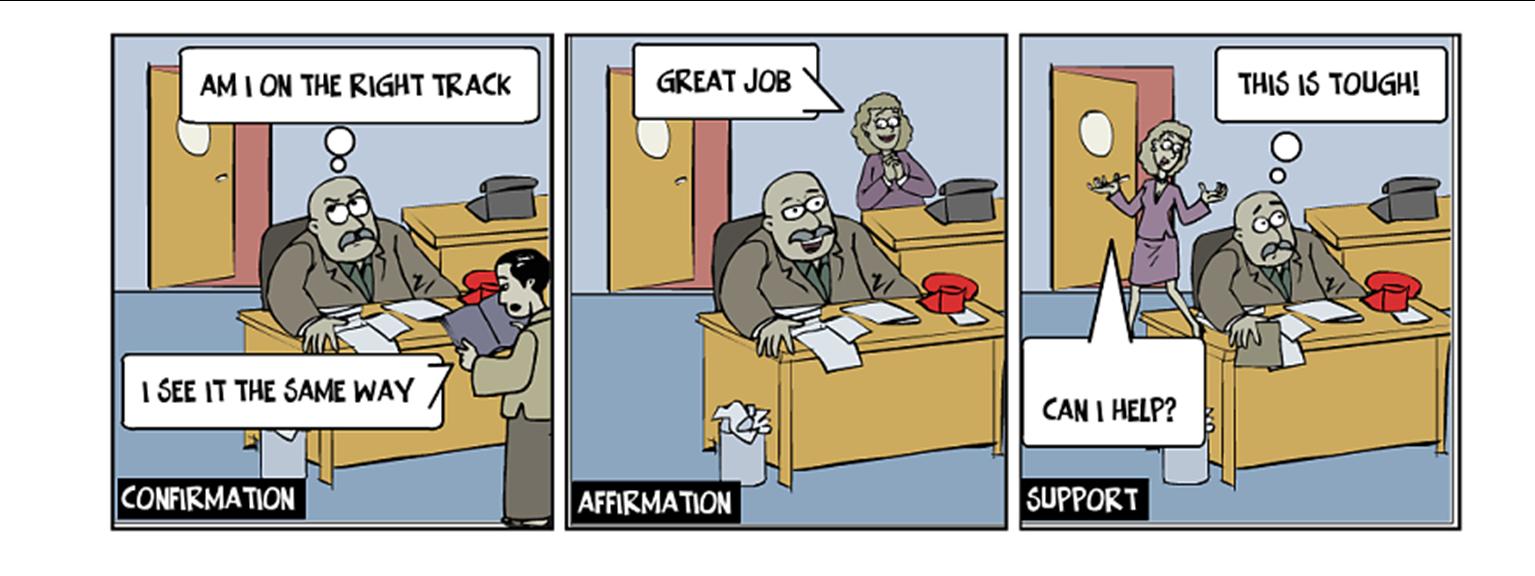Communication
5. Communication: Each team member is responsible for what (content) and how (relationship) he/she communicates.
|
WHAT
|
HOW
|
|
Each team member is responsible for:
In order to
collaborate, providers need access to each other and notes that document
decision-making and allow them to follow the plan of care. |
The message will be received differently depending upon how team members view each other. Feeling superior or inferior, rather than equal, will influence how the information is sent and received. Team work is supported by verbal and non-verbal communication that conveys respect for one another as equal partners, an openness that allows each other to agree or disagree and build on one another’s ideas. Collaborative communication may sound like “positive arguing” as each partner feels free to voice ideas and concerns; however respectful listening ensures that all receive input needed to make effective patient care decisions. A key component to effective communication is mutual support and affirmation that the team is working well. |
